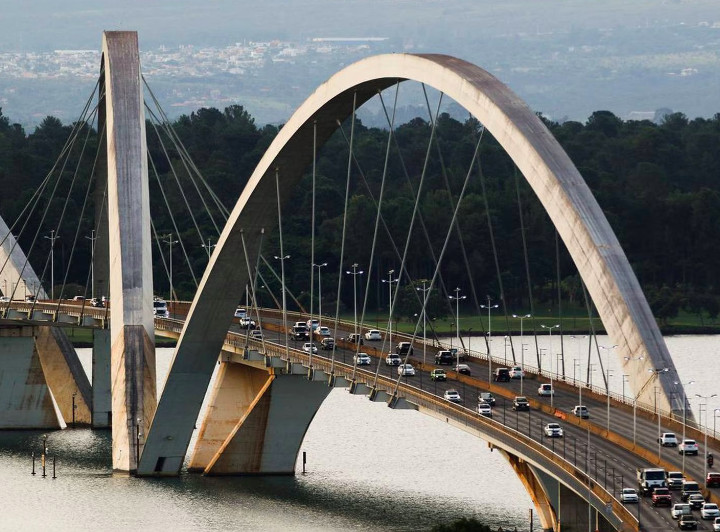The Federal District has the highest concentration of wealth in the country, followed by the states of São Paulo and Rio de Janeiro.
That’s what a survey by the Getúlio Vargas Foundation (FGV) points out.
“Calculating only among those who pay the Individual Income Tax (IRPF), the income of Brasilia jumps to R$12,627. In Lago Sul, a noble city region, the average income goes to R$39,535 when we look only at the declarants and reaches R$23,141 when we analyze the total population. There is no municipality in Brazil that reaches a third of this level of income,” say the researchers.

Based on data from the Individual Income Tax (IRPF), the study also points out that, among the capital cities, Florianópolis, Porto Alegre, Vitória, and São Paulo, in that order lead the concentration of high income in the country.
São Paulo, which occupied the second position in 2019, fell to fourth in 2020, while the capital of Santa Catarina remains in the lead.
FGV points out that, between 2019 and 2020, São Paulo (-6.13%) had the second largest drop in income among the capitals of the Brazilian federation, just after Sergipe (-6.2%).
The largest income gain in capitals and states between 2019 and 2020 was observed in Palmas (20.14%) and Tocantins (14.25%), respectively, due to agribusiness.
INCOME INEQUALITY
FGV’s research also calculated the inequality indexes.
On the national average, the Gini index reached 0.7068 in 2020, above the 0.6013 calculated by IBGE’s continuous National Household Sample Survey (Pnad).
The closer to 1, the greater the inequality.
The state with the lowest wealth declaration per inhabitant, according to FGV, is Maranhão, with an average income of R$409 and an average wealth of R$6.329.
Ipixuna do Pará (R$71) is the municipality with the lowest income and a population above 50,000.
The research also shows that, even with the payment of emergency aid from mid-2020 due to the effects caused by the pandemic, Brazilian inequality did not fall in this period.
The income fall of the richest 1% of the population was 1.5%, less than half of the losses of the Brazilian middle class (-4.2%), which was considered the most damaged by the covid-19.
With information from Bloomberg

